“I will never forget the violence of the white mob when we left our home. I still see Black men being shot, Black bodies lying in the street. I still smell smoke and see fire. I still see Black businesses being burned. I still hear airplanes flying overhead. I hear the screams,” she said. “I have lived through the massacre every day. Our country may forget this history but I cannot.”
— 107-year-old Viola Fletcher, survivor of the 1921 Tulsa race massacre
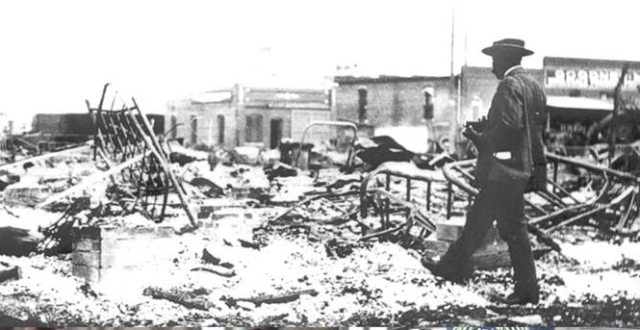
By Marc Morial
They killed an estimated 300 people. They inflicted serious injury on more than 800 people. They burned more than 1,250 homes to the ground, along with every church, school and business. They left 10,000 people homeless, and wreaked about $200 million in property damage in today’s dollars.
Not a single one of the murderous white mob that obliterated the affluent Black neighborhood of Greenwood, Oklahoma, ever was prosecuted. Every insurance claim filed by a Black property owner was denied.
Though it was covered extensively in newspapers at the time, the Tulsa race massacre, which happened 100 years ago this week, was nearly lost to history. Someone ripped an article about the arrest that triggered the massacre, along with half the editorial page, from the only copy of the May 31 Tulsa Tribune to be microfilmed. Even most Black residents of Tulsa never heard about the massacre when they were growing up. Oklahoma school began including it in their curriculums only last year.
A century later, the Tulsa massacre is one of history’s clearest examples of America’s deepseated reluctance to confront the legacy of white supremacism, and of the intense, enduring economic scars Black Americans bear to this day.
The effort to suppress history that makes white Americans uncomfortable didn’t begin or end with the Tulsa massacre. The Jim Crow south of my childhood was steeped in the mythology of the Lost Cause – the erroneous claim that the Civil War was not fought over slavery, but against the encroachment of Federal power.
A more recent manifestation is the alarmist backlash against the 1619 Project, the New York Times’ Pulitzer Prize-winning examination of slavery’s role in shaping the American present. The University of North Carolina board of trustees went so far as to defy the recommendation of the university’s dean, chancellor, and faculty and deny tenure to Nikole Hannah-Jones, the journalist who conceived the project.
Critical race theory, a decades-old academic concept which suggests that racism is embedded in American law and public policy, is white supremacy’s latest bugbear. The idea that America’s social and economic inequities are the result of deliberate policy choices – rather than differences in effort and ability — is a dangerous one for those invested in preserving the status quo. As Adam Serwer writes in The Atlantic, it suggests that different policy choices could produce a more equitable society.
It may be this fear, rather than the more commonly-cited factor of shame, that motivated suppression of the Tulsa race massacre. To acknowledge that the wealth of Greenwood was taken by force is to acknowledge that a massive debt is owed.
The violence that raged for 24 hours in Greenwood ostensibly was triggered by an accusation – likely false, according to the 2001 report of the Tulsa Race Massacre Commission — that a 19-year- old Black shoeshiner assaulted a 17-year-old white elevator operator. But many observers at the time suggested that white resentment of Black prosperity was the primary cause of the attack.
The Chicago Defender reported in June 1921:
Letters had been sent to prominent men of the Race demanding that they stop extending the bounds of the district within which they were segregated. A rumor has been extant for some time to the effect that it was the desire of white industry or of private citizens to appropriate the lands which the Race had gained possession of. Since the area had become a segregated district to them, the value had increased and white speculators saw a chance for immense profits if they could only drive the inhabitants out.
According to the 2001 Commission report, “At the time, many said that this was no spontaneous eruption of the rabble; it was planned and executed by the elite. Quite a few people — including some members of this commission — have since studied the question and are persuaded that this is so, that the Tulsa race riot was the result of a conspiracy. This is a serious position and a provable position – if one looks at certain evidence in certain ways.”
Whatever the true motivation, white Tulsans moved quickly to exploit the economic devastation and terror of Greenwood residents, swooping up their land for a pittance. A city committee proposed converting the land to commercial use, emphasizing the desirable racial segregation that would result:
We further believe that the two races being divided by an industrial section will draw more distinctive lines between them and there- by eliminate the intermingling of the lower elements of the two races, which in our opinion is the root of the evil which should not exist.
In its 2001 report, the Commission recommended payment of reparations to survivors and descendants of survivors but 20 years later they have not been paid.
Hughes Van Ellis, who was an infant at the time of the massacre, testified before a House Judiciary Subcommittee earlier this month:
“We were made to feel that our struggle was unworthy of justice, that we were less than the whites, that we weren’t fully Americans,” he said. “We were shown that in the United States, not all men were equal under the law. We were shown that when Black voices called out for justice, no one cared.
“Please, do not let me leave this Earth without justice.”
Marc Morial is president/CEO of the National Urban League.



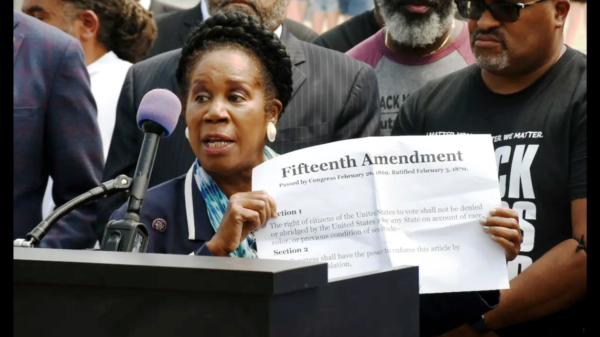
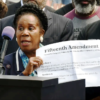
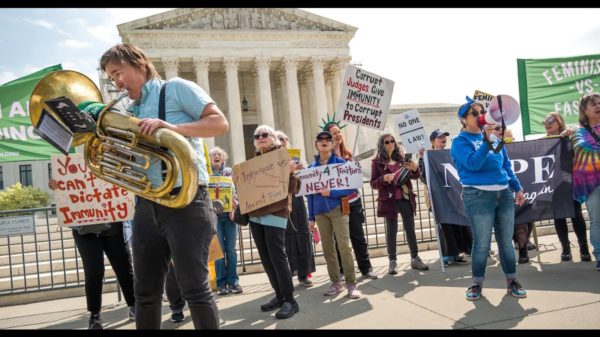
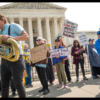
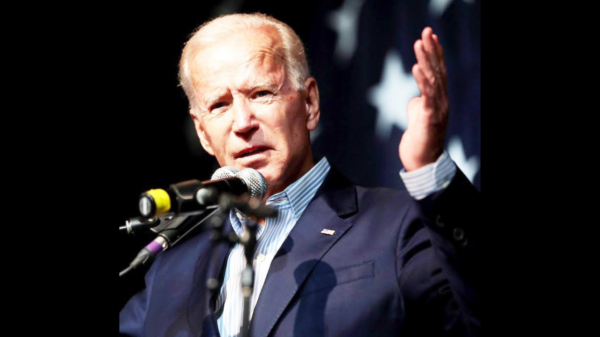

You must be logged in to post a comment Login